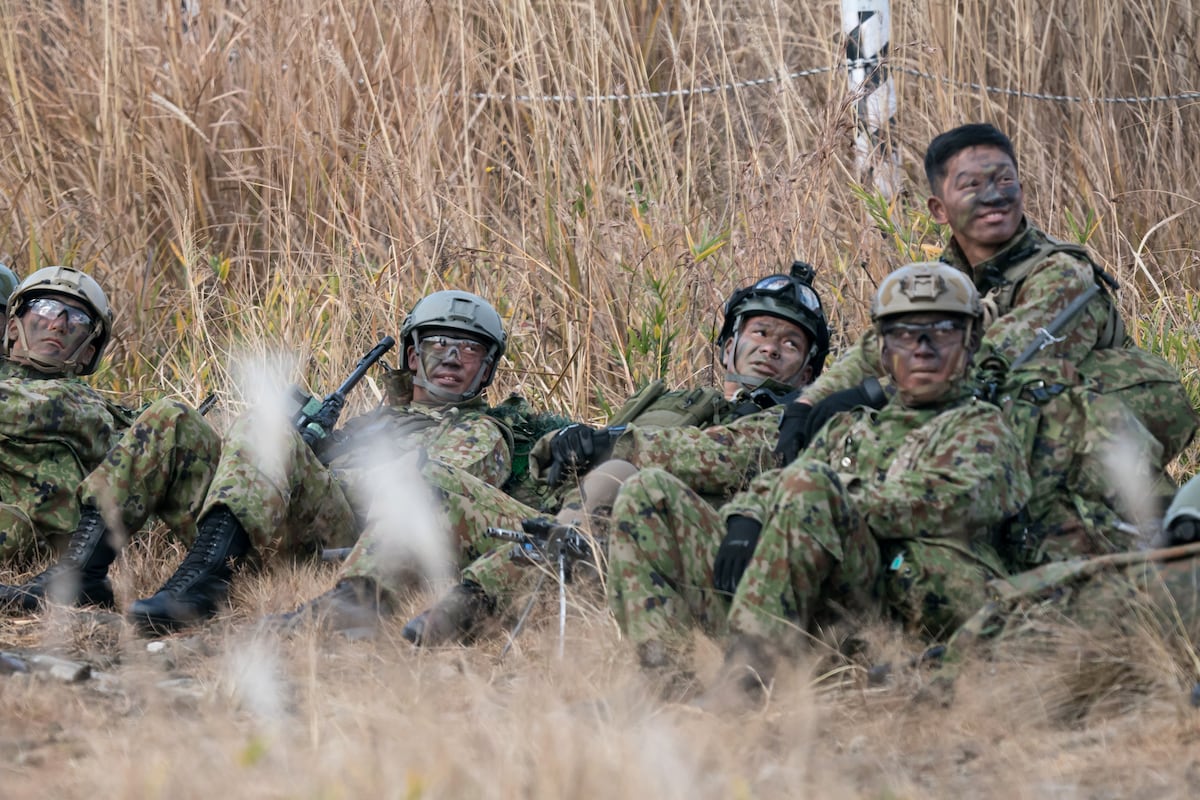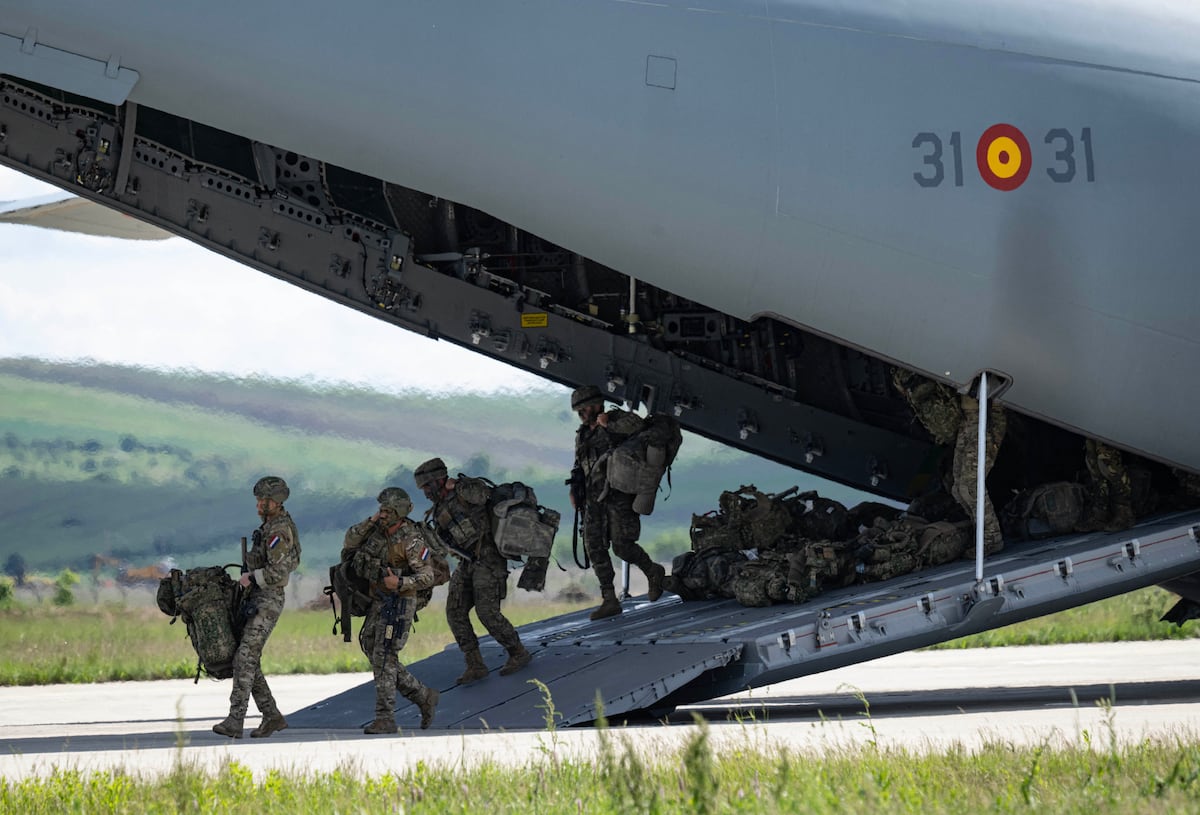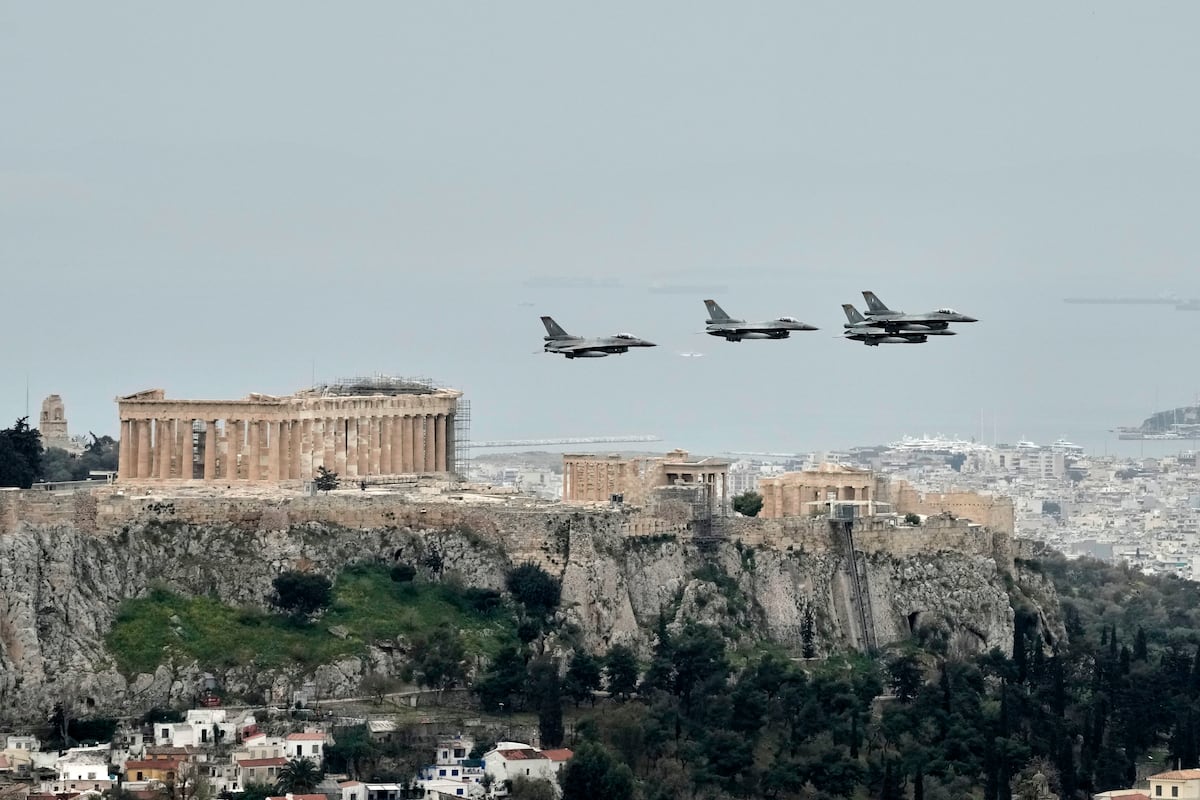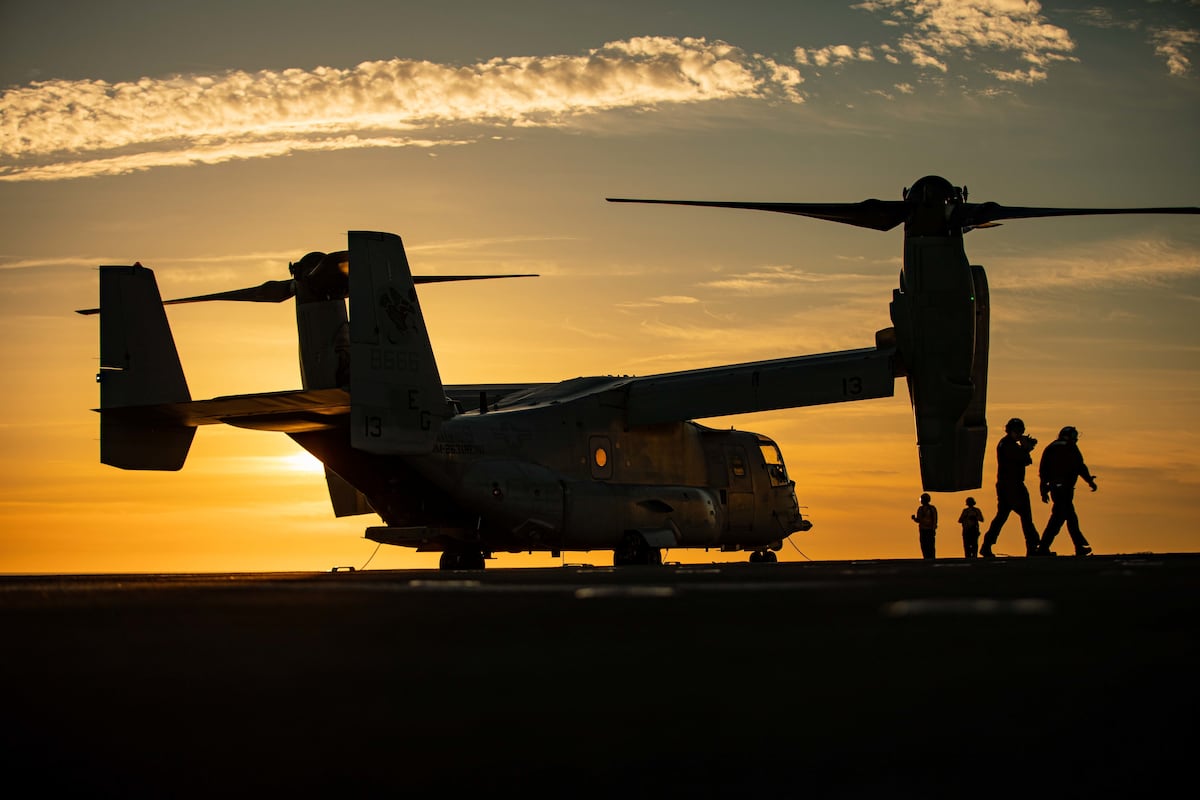CHRISTCHURCH, New Zealand — While Japan’s Cabinet has approved a record defense budget for 2025, the 13th growth year in a row, Tokyo’s military posture vis-à-vis regional threats remains a work on progress, according a U.S. analyst.
Grant Newsham, senior research fellow at the Japan Forum for Strategic Studies, told Defense News that “decades of pathological dependence” on the United States have left Japan’s military “a stunted force not really able to operate efficiently or effectively in most cases.”
This is at a time when Japan perceives unprecedented external threats. The government’s 2024 iteration of its annual Defense of Japan white paper noted, “Japan is facing the most severe and complex security environment since the end of World War II.”
Japan is alarmed by China intruding into its southwestern archipelago, and it regards Russia and North Korea’s missile and nuclear programs as serious risks.
Newsham noted, “I think Japan recognizes and understands the seriousness of the threats it faces from China, North Korea and Russia. Ukraine really spurred Japanese awareness – figuring that Taiwan was next, with everything that would portend for Japan’s security.”
Yet the former U.S. Marine Corps officer warned the threat perception has yet to manifest itself fully in defense programs. “This hasn’t, however, translated into a Japan Self-Defense Force that’s organized and capable of fighting a war – despite having some niche capabilities that would be very helpful if employed in support of U.S. forces,” he said.
Approved on Dec. 27, 2024, the upcoming defense budget beginning April 1 is up 9.4% to a record 8.7 trillion yen, the equivalent of $55.1 billion.
The FY2025 defense budget is higher than the 8.54 trillion yen requested last September, because it adds 123.8 billion yen for a new communications satellite to replace the Kirameki-2 that will retire in 2030.
Stand-off weapons are a priority, with 939 billion yen allocated to items such as ground- and sea-launched Type 12 anti-ship missiles, hyper-velocity gliding projectiles for island defense, and development of submarine-launched missiles.
Considerable funds are being spent overseas for Kongsberg’s Joint Strike Missile for Japan’s F-35A fighters, Tomahawk cruise missiles to arm destroyers, and extended-range Joint Air-to-Surface Stand-off Missiles (JASSM-ER) for F-15 fighters.
On Jan. 15, the U.S. State Department approved a $39 million sale of 16 JASSM-ERs, following an approval for 50 such missiles in Aug. 2023.
However, depreciation of the yen is adversely impacting Japan’s overseas purchases. As a result, Tokyo paid 123.9 billion yen more in fiscal 2023 for U.S.-sourced Foreign Military Sales equipment than it had originally assumed.
Other upcoming imports include two MQ-9B SeaGuardian drones and six American-manufactured V-BAT drones to operate from Japanese warships.
Integrated air and missile defense is a priority for Japan too, with 533 billion yen allotted to various interceptor missiles and mobile reconnaissance radars in places like Okinawa, where thousands of American troops are based.
Describing Tokyo’s ongoing security reliance on the U.S., Newsham said, “The Americans and Japanese either hang together or hang separately, paraphrasing Ben Franklin. The Americans might have a chance alone against the Chinese, but it would be tough. The Japanese have no chance at all.”
Gordon Arthur is an Asia correspondent for Defense News. After a 20-year stint working in Hong Kong, he now resides in New Zealand. He has attended military exercises and defense exhibitions in about 20 countries around the Asia-Pacific region.
Read the full article here








Leave a Reply